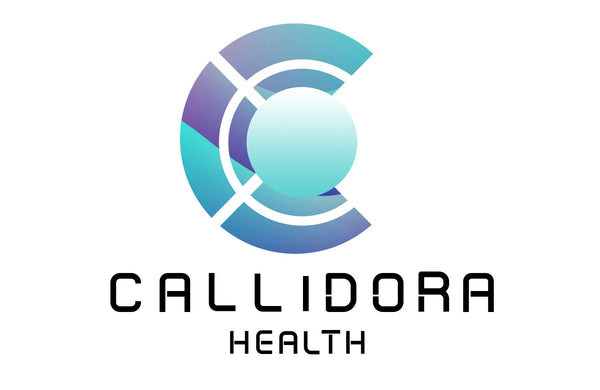Healthy veins are essential for proper blood circulation, especially in the lower limbs. When veins fail to function efficiently, it can lead to conditions like chronic venous insufficiency, varicose veins, or leg ulcers. Compression therapy has become a cornerstone in managing these issues, and one of the most effective solutions available today is the 4-layer compression bandage system.
What Are 4-Layer Compression Bandages?
4-layer compression bandages are specially designed bandages that provide graduated pressure along the leg to improve blood flow. Unlike traditional bandages, the 4-layer system combines multiple layers to offer optimal compression, support, and comfort. Typically, these layers include:
-
Primary Layer: Soft padding applied directly to the leg to protect the skin and provide cushioning.
-
Secondary Layer: Elastic bandage that provides light compression and holds the padding in place.
-
Tertiary Layer: Cohesive bandage that offers firm compression, helping to reduce swelling.
-
Final Layer: Protective outer layer to secure the bandage system and ensure uniform pressure.
Benefits of 4-Layer Compression Bandages:
-
Reduces Swelling: The graduated compression encourages blood to flow upward, preventing fluid accumulation.
-
Promotes Healing: Especially helpful for venous leg ulcers, as it improves oxygen and nutrient supply to damaged tissue.
-
Pain Relief: Compression reduces leg heaviness, fatigue, and discomfort.
-
Prevents Blood Clots: Helps lower the risk of deep vein thrombosis in high-risk patients.
-
Long-Term Vein Health: Regular use can prevent worsening of varicose veins and chronic venous conditions.
How to Use 4-Layer Compression Bandages Properly:
-
Always have the bandage applied by a trained professional initially to ensure correct pressure.
-
The leg should be clean and dry before application.
-
Avoid wrinkles in the bandage, as they can cause uneven pressure and skin damage.
-
Regular monitoring is essential to check for signs of excessive tightness, such as numbness, tingling, or discoloration.
Who Should Use Them?
-
Patients with venous leg ulcers
-
People with chronic venous insufficiency
-
Individuals with severe varicose veins.
